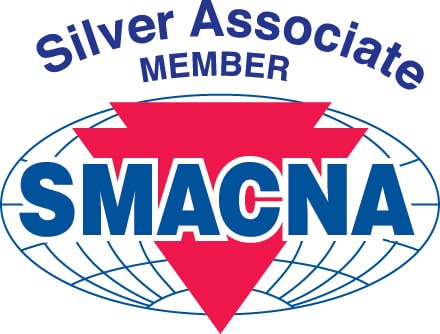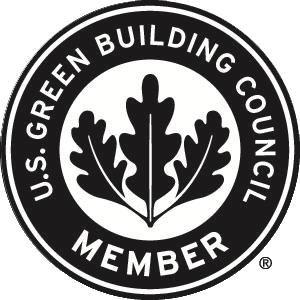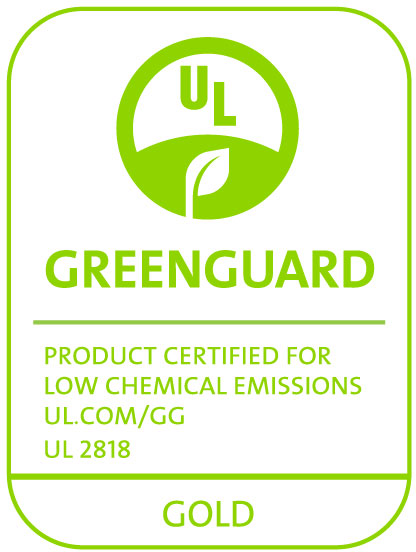Plumbing systems, commonly known as domestic hot and cold water service systems, convey water to fixtures and equipment through piping for various purposes in residential, commercial, and industrial buildings. Medical gases transported through piping also fall under the plumbing system umbrella.The most important contributions that plumbing insulation can deliver for domestic hot and cold water piping and equipment systems are energy conservation, condensation control, personnel, and freeze protection.
Plumbing insulation, available in preformed tubes (pipes) and sheets and rolls (large pipes and equipment), can deliver energy savings to building owners, help equipment to operate at optimum levels of performance and reduce demand for fossil fuels over the life of the mechanical system.
There are many different types of plumbing insulation that excel in various applications. Due to a closed-cell structure, built-in vapor retarder, low thermal conductivity, flexible nature, and ease of installation, closed-cell elastomeric foam plumbing insulation is an excellent choice for conserving energy, controlling condensation, and freeze protection.











